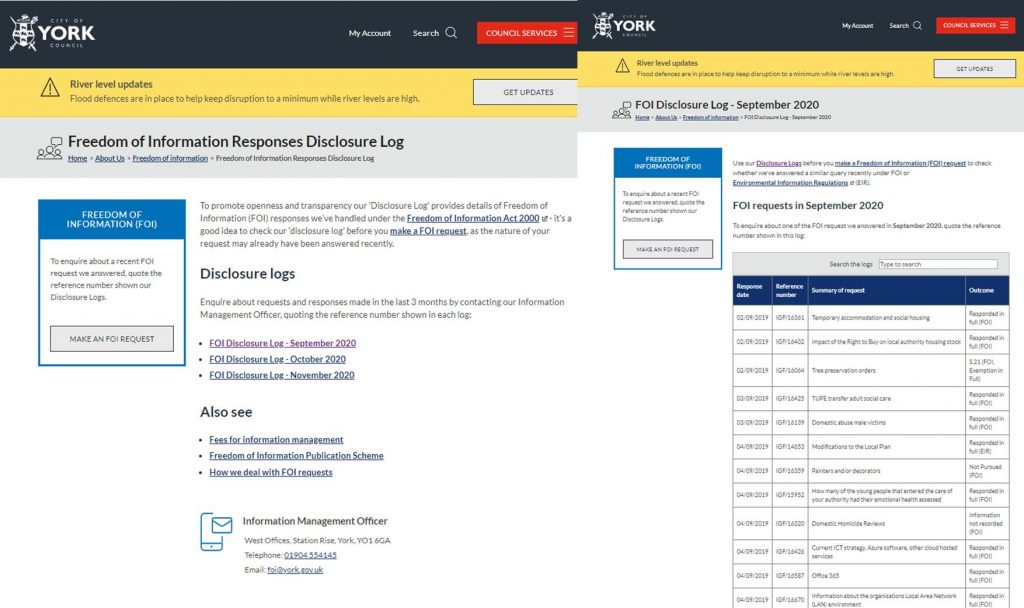‘My City Centre’ will build on York’s strengths by seeking the views of residents, businesses, visitors and stakeholders to inform a new city centre vision. This vision will guide investment and shape development and improvement projects in York city centre for decades to come.
An online survey will explore issues ranging from affordability, community and the environment to digital technologies, transport, leisure and culture. It can be completed at www.york.gov.uk/mycitycentreyork.
An exhibition and series of drop-in events are also planned in the city centre and around wider York where the public will be encouraged to share their views on some of the challenges facing the city centre through responding to the questionnaire and other interactive elements. The exhibition starts at York Explore, Museum Street from 2 to 26 March before stints at Burnholme and then Acomb. The first two drop-in events are being held on Saturday 14 March on Parliament Street and Friday 20th March at St Helen’s Square, both 10am-2pm.
On Monday 23 March, a workshop session led by retail expert Bill Grimsey provides a further opportunity to discussion the future of the city centre in more detail. Tickets can be obtained at https://mycitycentreworkshop.eventbrite.co.uk
The full details for the exhibitions are:
Touring exhibition
- Mon 2 March – Fri 27 March @ York Explore
- Mon 30 March – Fri 17 April @ Centre@Burnholme/ Tang Hall Explore
- Mon 20 April – Fri 8 May @ Acomb Explore
- Mon 11 May – Fri 22 May @ City of York Council West Offices
Staffed drop-in sessions
- Wednesday 18 March, 11.30am to 1pm and 5.30pm to 7pm @ York Explore
- Tuesday 7 April, 10am to 2pm @ Centre@Burnholme/ Tang Hall Explore
- Thursday 30 April, 10am to 2pm @ Acomb Explore
- Wednesday 13 May, 3pm to 6pm @ City of York Council West Offices



